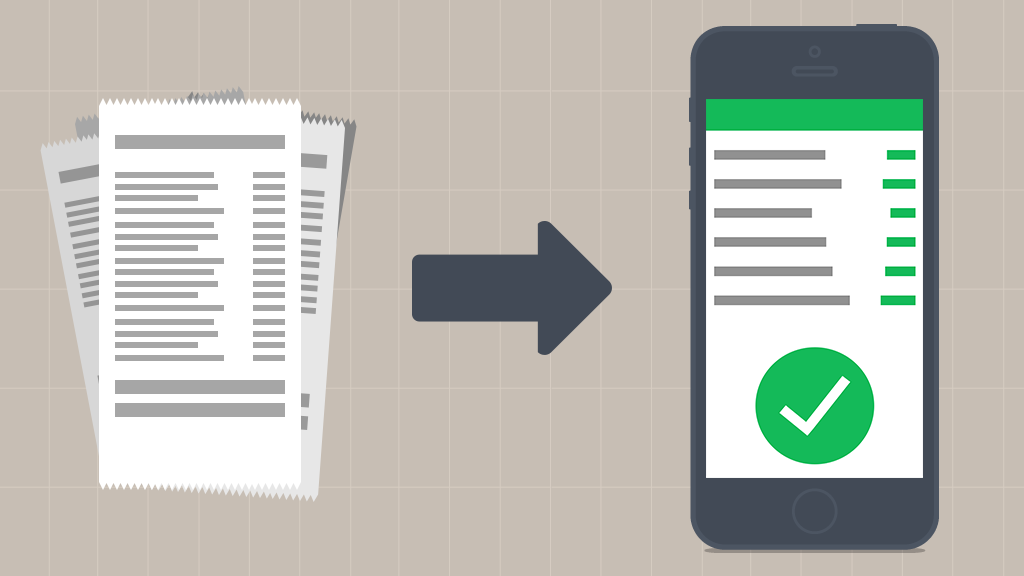
Internet of Things (IoT) solutions have the potential to revolutionize the average household. By having ordinary devices and appliances connected to a control device (usually a smartphone or a tablet), it’s possible to create homes that are smarter and more responsive to the needs of their inhabitants. For example, if the current weather forecast indicates warmer than usual temperatures, a homeowner could send a signal to all relevant smart appliances that contribute to indoor climate control. An air conditioning unit, for example, could be set to the appropriate temperature, while a fridge could increase its settings so that it produces more ice or cold water during the day.
With so much potential going for IoT solutions, it’s surprising that the technology hasn’t picked up much traction in the general market. This is because companies that provide IoT solutions do not profit as much as they should with their current business model. The cost of providing and installing hardware for single purchases is often too much to make the conventional business model viable in the long run.
If companies specializing in IoT solutions would have any chance of succeeding, they should have to switch to a subscription business model. This way, hardware can be rented out to customers, allowing companies to get more value out of their products, while customers get the option to have a more personalized level of IoT solutions at more accessible price points.
IoT Subscription and Customer Retention
Just like with any other subscription-based businesses, companies specializing in IoT technologies should pay extra attention to customer retention, especially given the nature of what they’re providing. Installing hardware and setting up a home for IoT solutions can take a lot of time, effort, and money, which can’t be recouped in just a few months worth of payments. If IoT providers are to maximize profits from their services, customers must stay subscribed for a significant amount of time.
While the goal is clear, actually achieving it is not as easy as it sounds. Different factors can cause customers to cancel their subscription way before the company can profit from it. For example, credit card issues could prevent customers from being able to keep the service running even if they plan on paying for it. To prevent such risks, technology providers can opt to use smart subscription billing tools, which can help reduce customer churn by automatically resolving failed payment issues caused by expired credit cards, erroneous billing information, and other problems.
Converting IoT solutions from one-time purchases to products and services that require recurring subscription also enables businesses to make constant changes that can improve the efficiency of the service. Since IoT devices are connected to the Internet, the service provider can simply send software updates straight to the devices. These constant updates add value to the products and service while also prolonging the appliances’ lifecycles, giving the customers a good reason to continue with their subscriptions.
The Future of IoT Solutions
While subscription-based IoT solutions are still fairly a new thing, there’s a big possibility that they will reach mainstream status in the near future, much like how most modern households have access to reliable internet connectivity these days. Soon enough, advances in manufacturing IoT-friendly technologies and refinements to the subscription business model will make the service even more accessible to the average household.
Subscription-based IoT services can also go beyond private residential use. Offices and other facilities already use basic forms of IoT networks that let them share printers and allow them to remotely access devices. It’s only a matter of time before the technology extends to other devices found in typical office settings.
There is plenty of potential for IoT solutions, but companies investing in it must generate enough revenue to allow room for expansion and sustainability. With the right subscription billing tools and good customer retention strategies, it won’t take long before the business of selling these solutions will become less of a niche and more of a norm.










![Watch Video Now on xiaohongshu.com [以色列Elevatione perfectio X美容仪 perfectio X 全新仪器黑科技了解下]](https://www.techburgeon.com/wp-content/uploads/2019/07/perfectiox-singapore-150x150.jpg)
